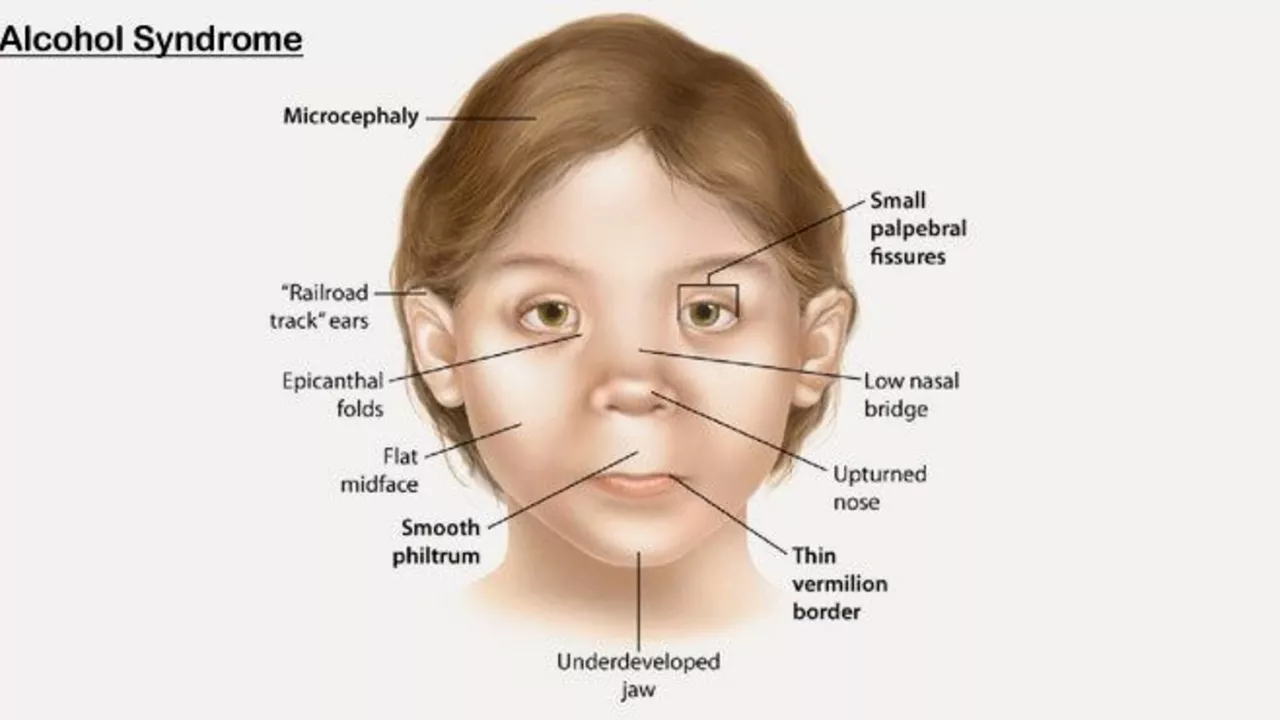Alcohol dependence syndrome: what it looks like and what to do
If you find yourself needing alcohol to feel normal, or you can’t stick to limits you set, you might be dealing with alcohol dependence syndrome. This isn’t a moral failure — it’s a health issue that changes how your brain works and how your body reacts to alcohol. The sooner you recognize it, the safer and faster you can get help.
Signs to watch for
Alcohol dependence shows up in clear ways. You might notice strong cravings, needing more drink to get the same effect, or withdrawal symptoms (tremors, sweating, nausea, anxiety) when you stop. It often breaks routines: skipping work, lost interest in hobbies, fights with family, or drinking alone. If you keep drinking despite harm to your job, health, or relationships, take that seriously.
Physical signs include shaky hands, trouble sleeping, losing weight, or blackouts. Mental signs can be mood swings, depression, or memory gaps. Keep in mind that heavy drinkers can develop a life-threatening withdrawal called delirium tremens — confusion, high fever, hallucinations, and seizures — which needs emergency care.
How to get help — practical steps
If you think you’re dependent, start with a simple plan: talk to your GP, call a local addiction service, or reach out to a trusted person. Don’t try to quit cold turkey if you’ve been drinking heavily every day for weeks — withdrawal can be dangerous. A doctor can assess your risk and recommend supervised detox if needed.
Treatment usually mixes medical and psychological support. Medically supervised detox manages withdrawal safely. Medications like naltrexone, acamprosate, or disulfiram can reduce cravings or make drinking unpleasant; a prescriber will explain options. Counseling approaches such as cognitive behavioral therapy (CBT) and motivational interviewing help change drinking habits and handle triggers.
Peer support can make a big difference. Groups like Alcoholics Anonymous and local mutual-aid meetings connect you with people who understand. Online forums and phone helplines help when live meetings aren’t available. Build a basic relapse plan: know your triggers, set short goals, and list people to call when cravings hit.
Practical tips you can use today: remove alcohol from your home, delay drinking by 15 minutes when cravings start, replace drinking with a walk or a call to a friend, and track how much you drink to spot patterns. If sleep or mood problems persist, mention them to your clinician — treating co-occurring issues often improves recovery chances.
Recovery isn’t a straight line. Expect setbacks and don’t let one slip undo your progress. If you or someone you care about faces immediate danger — severe confusion, seizures, or fainting — call emergency services right away. For non-emergency support, reach out to your primary care doctor or a local addiction service to get a tailored plan and start feeling better.

The Connection Between Alcohol Dependence Syndrome and Eating Disorders
In my recent deep dive into health issues, I've uncovered some startling information about the link between Alcohol Dependence Syndrome and Eating Disorders. It's unsettling to know that those struggling with alcohol addiction often also wrestle with abnormal eating behaviors. The dual diagnosis is a vicious cycle, with each disorder feeding the other, making recovery even more challenging. Additionally, it's crucial to understand that both disorders can trigger serious physical and mental health complications. Awareness and understanding of this connection are key for effective treatment and recovery.
Categories
- Medications (50)
- Health and Medicine (46)
- Health and Wellness (34)
- Online Pharmacy Guides (15)
- Nutrition and Supplements (7)
- Parenting and Family (3)
- Environment and Conservation (2)
- healthcare (2)
- prescription savings (1)



